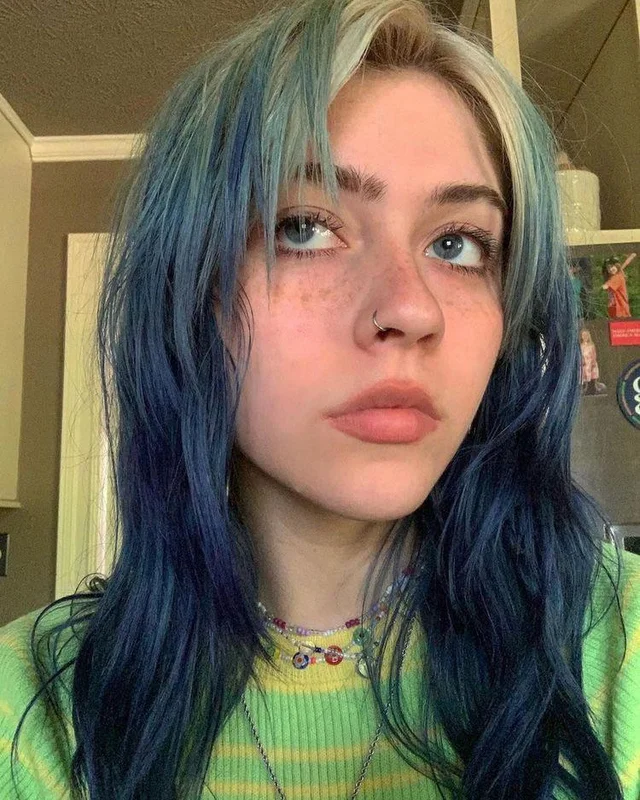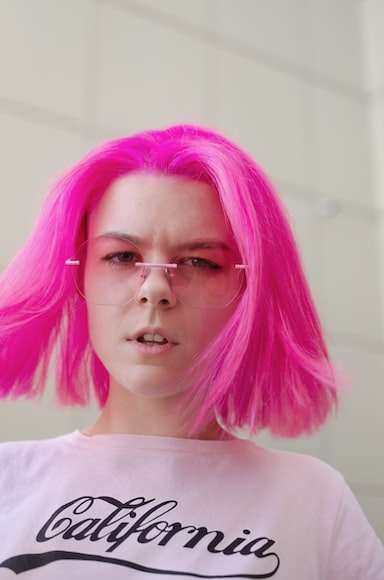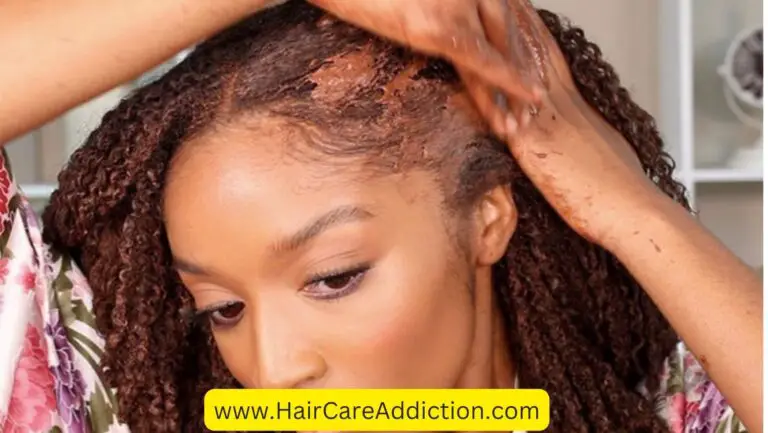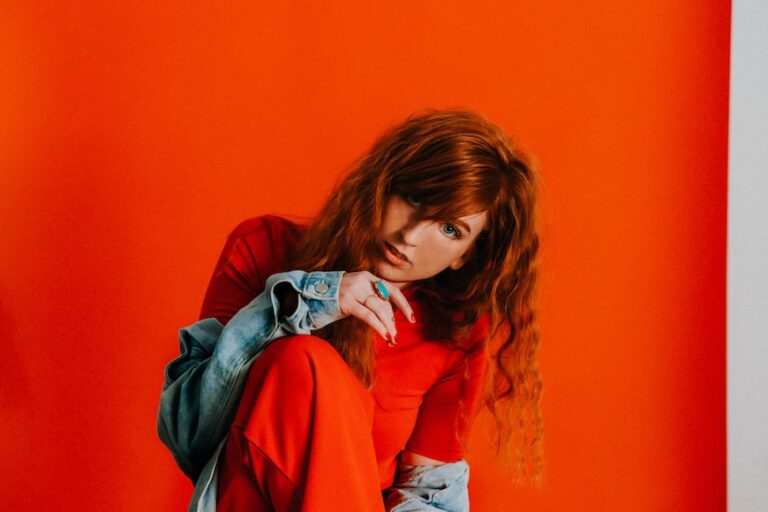Why Won’t My Hair Take Color After Bleaching
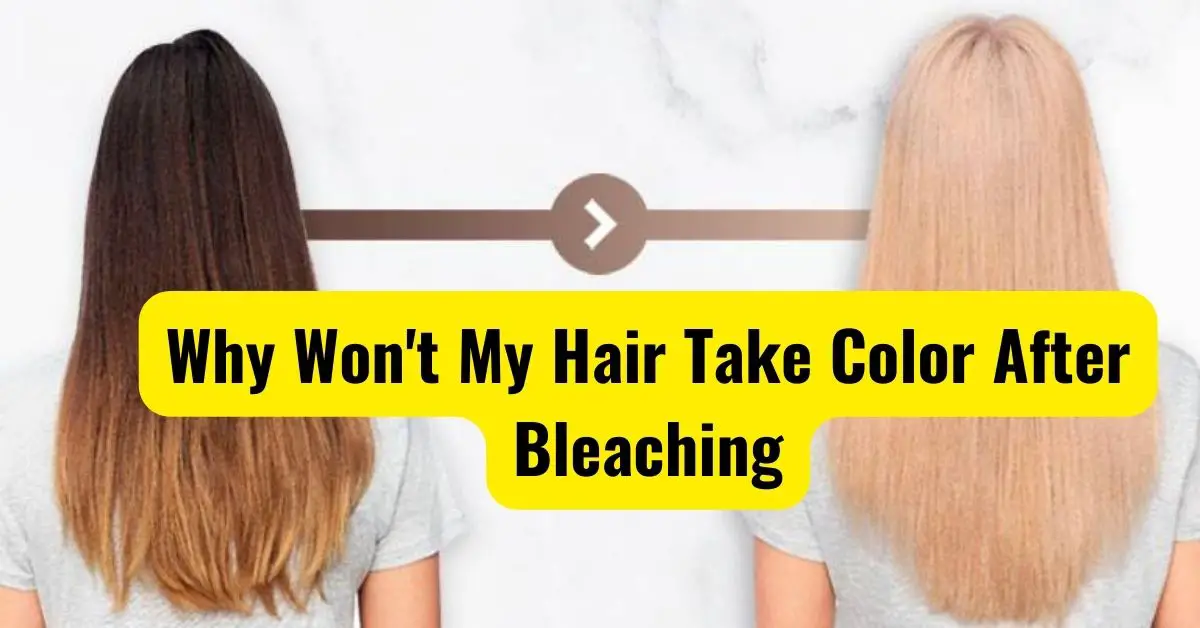
Welcome, dear readers. In today’s blog post, we’re going to take a deep dive into a question that has left many puzzled: why won’t my hair take color after bleaching?
To unravel this enigma, we’ll look at the bleaching process itself and its necessity, and the reasons behind hair not taking color post-bleaching.
Furthermore, we’ll explore strategies to repigment bleached hair and address why your hair might look the same even after dyeing.
Lastly, but just as crucial, we will discuss how your hair might react differently to color after bleaching, based on whether your hair is naturally brown, blonde, or black. Let’s get started!
What is Bleaching and Why is it Necessary
Hair bleaching, in brief, is a process used to lighten your natural hair color. The main component used, hydrogen peroxide, works by penetrating the hair shaft and oxidizing the melanin (color pigment) inside.
It can be likened to the act of stripping your hair of its natural color. This can sound intimidating, however, bleaching is a necessary step if you wish to dye your hair a significantly lighter color than your natural one.
Why Won’t My Hair Take Color After Bleaching
Yet, despite the promises of transformation, sometimes hair just doesn’t take to color after bleaching. But why does this happen?
Well, this is because, for the same reason bleaching is necessary: the color is unable to adhere to your hair since it’s stripped of its natural pigment and moisture.
Consequently, the hair shaft becomes less porous, leaving it unable to absorb the dye effectively. This can be a discouraging experience, yet, solutions exist, and we’re here to help you navigate through them.
How to Repigment Bleached Hair
To address the issue of color not adhering to your bleached hair, repigmenting becomes essential. Repigmenting, as the term suggests, is reintroducing color pigments back into your hair strands.
To demonstrate, you may have to go through a process called ‘filling’ in which you pre-color your hair with an intermediate shade before applying the final desired color. Doing this helps in restoring some of the lost pigments, thereby enabling the new color to stick effectively.
Why Does My Hair Look the Same After I Dye It
Moreover, you might be wondering, “why does my hair look the same even after I dye it?” This could be due to your hair’s condition after bleaching.
It might be so damaged and porous that it cannot retain the color for long. To counter this, consider using color-protective hair products and deep conditioning treatments to nurse your hair back to health.
Natural, Brown, Blonde, or Black Hair and Color Adherence After Bleaching
On another note, the natural color of your hair before bleaching also impacts how it takes on the new color.
For instance, natural hair might resist color due to the lack of damage. Brown hair, in contrast, might have enough residual pigment to interfere with the new color.
Blonde hair might become overly porous after bleaching, thus struggling to hold onto the dye.
Black hair, on the other hand, might not bleach fully in one go and could end up with an undesired brassy tone, which can also affect the outcome of the new color.
Conclusion
In conclusion, bleaching and dyeing hair is not as straightforward as it may seem. A number of factors can influence the outcome, including the condition of your hair, its natural color and its level of porosity. However, with understanding and patience, you can navigate the intricacies of hair coloring and achieve the desired results.
FAQs
Why is my hair not picking up color?
This could be due to hair damage, lack of natural pigments, or overly porous hair that’s unable to retain color effectively.
Why is my damaged hair not taking color?
Damaged hair has an impaired ability to hold onto color because its cuticle layer (the outermost part of the hair strand) might be compromised, making it difficult for the hair to absorb and retain the dye.
How do I get my hair color back after bleaching it?
You can return to your natural color by using a color similar to your natural one. Remember to repigment your hair first if it was significantly lightened.
Can I apply hair color after bleaching?
Yes, you can apply hair color after bleaching. However, it is advisable to wait for at least a few days to a week to give your hair time to recover.
How do I get my hair to absorb color?
To increase color absorption, you can use a filler or protein treatment before applying dye. This helps to even out porosity and enables the hair to absorb the dye more effectively.
How do you dye stubborn hair?
For stubborn hair, you might need to resort to more intensive treatments like a color cleanse or a color correction by a professional.
Does bleached hair take color faster?
Bleached hair can sometimes absorb color more quickly due to increased porosity. However, it may also fade quicker for the same reason.
Why does my hair go dark when I dye it lighter?
This can occur when there’s an abundance of color molecules in your hair. It can be corrected by using a color remover or by seeking professional help.
Why won’t my hair bleach past orange?
Your hair might not bleach past orange due to its underlying pigments. To reach a lighter shade, you may need to bleach again or use a toner to neutralize the orange tones.
How long should hair dye sit?
Typically, hair dye should sit for about 30-45 minutes, but always check the instructions on the packaging.
Can I dye my hair twice in one day?
While technically possible, it’s generally not recommended as it can cause significant hair damage.
Why is my hair color fading after one week?
Your hair color might be fading quickly due to damage, high porosity, or frequent washing with non-color safe shampoos.

